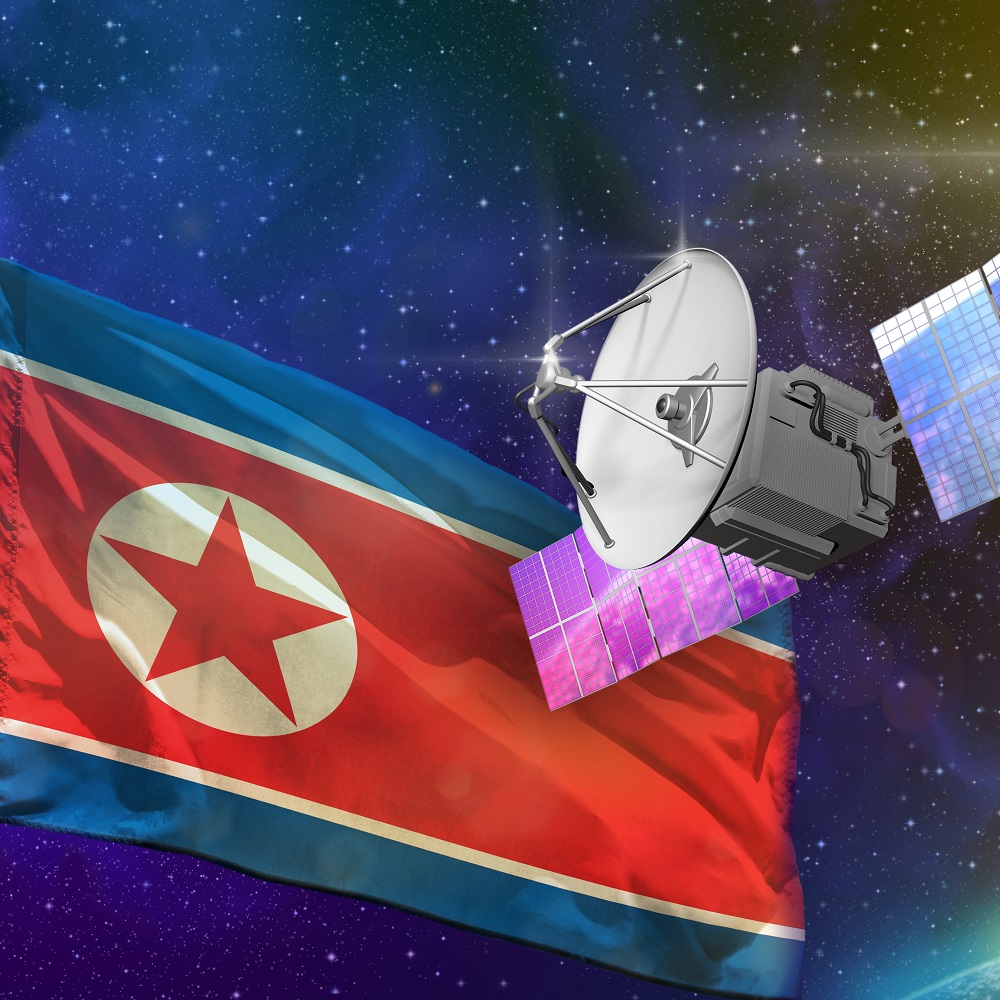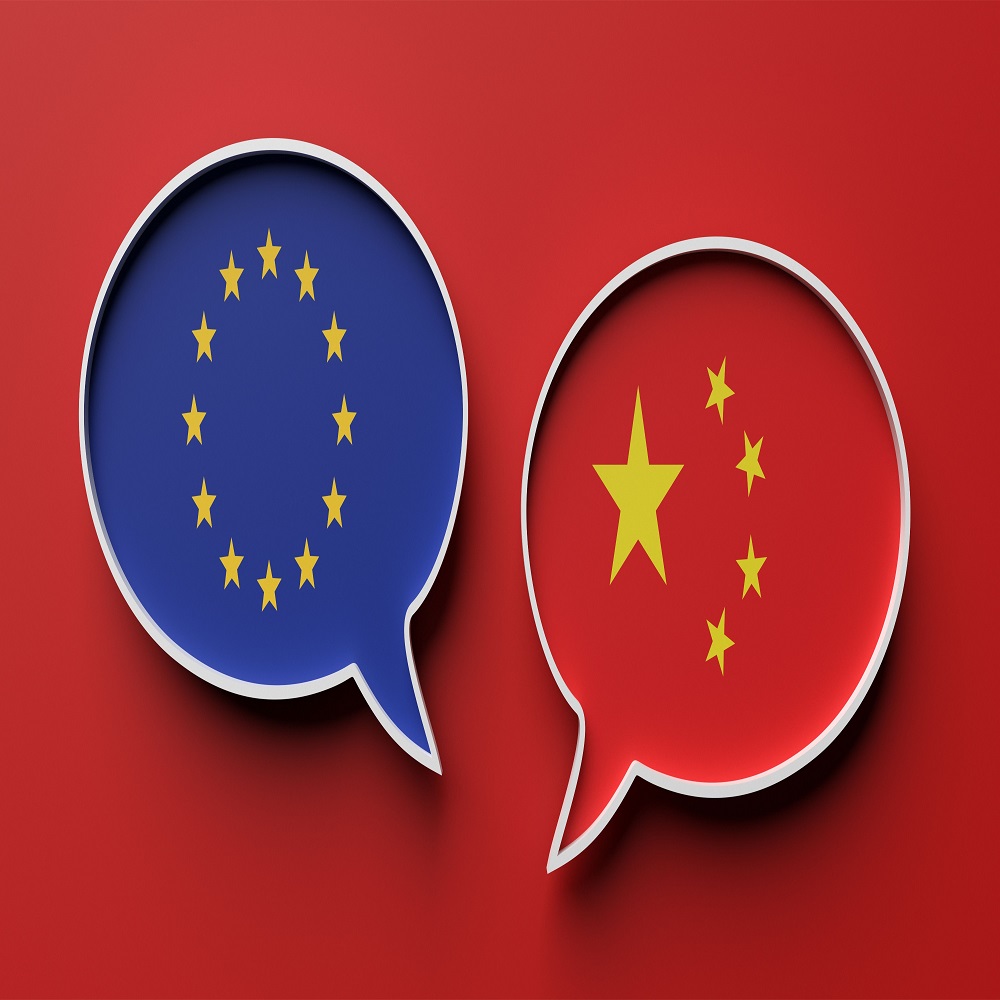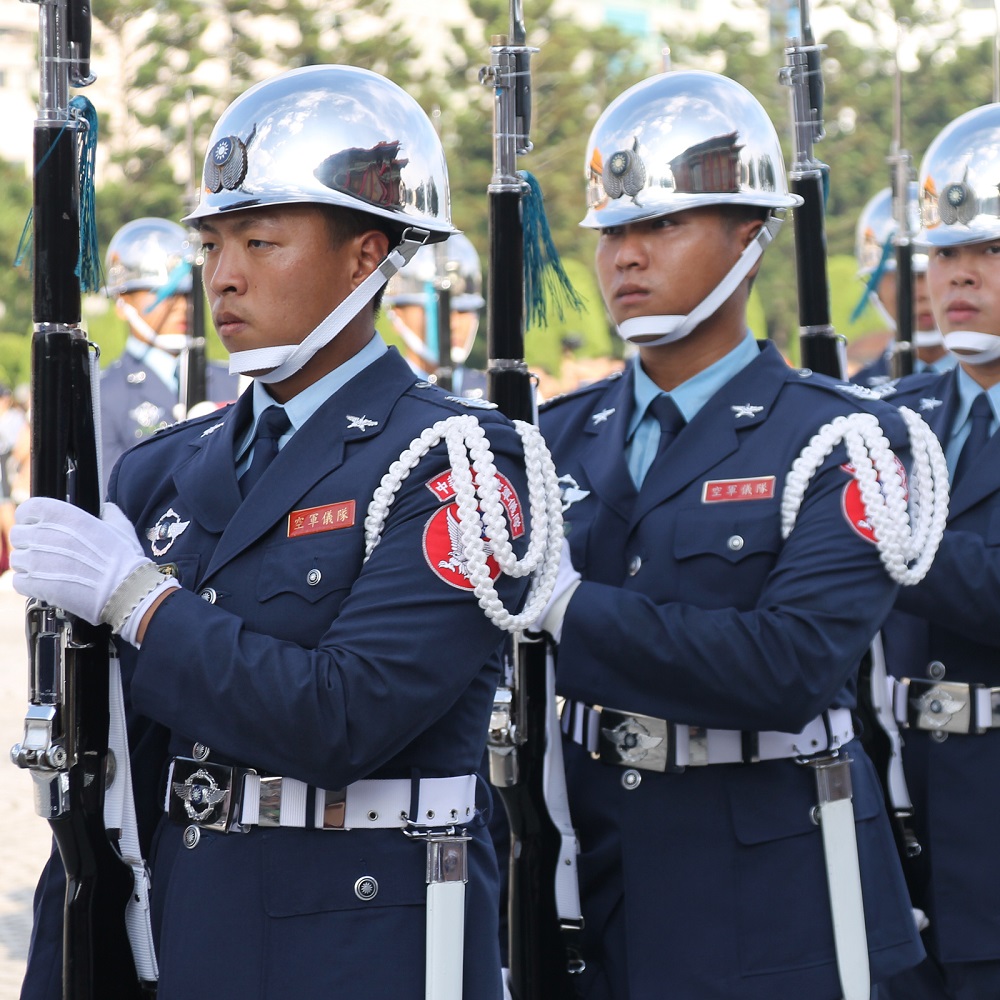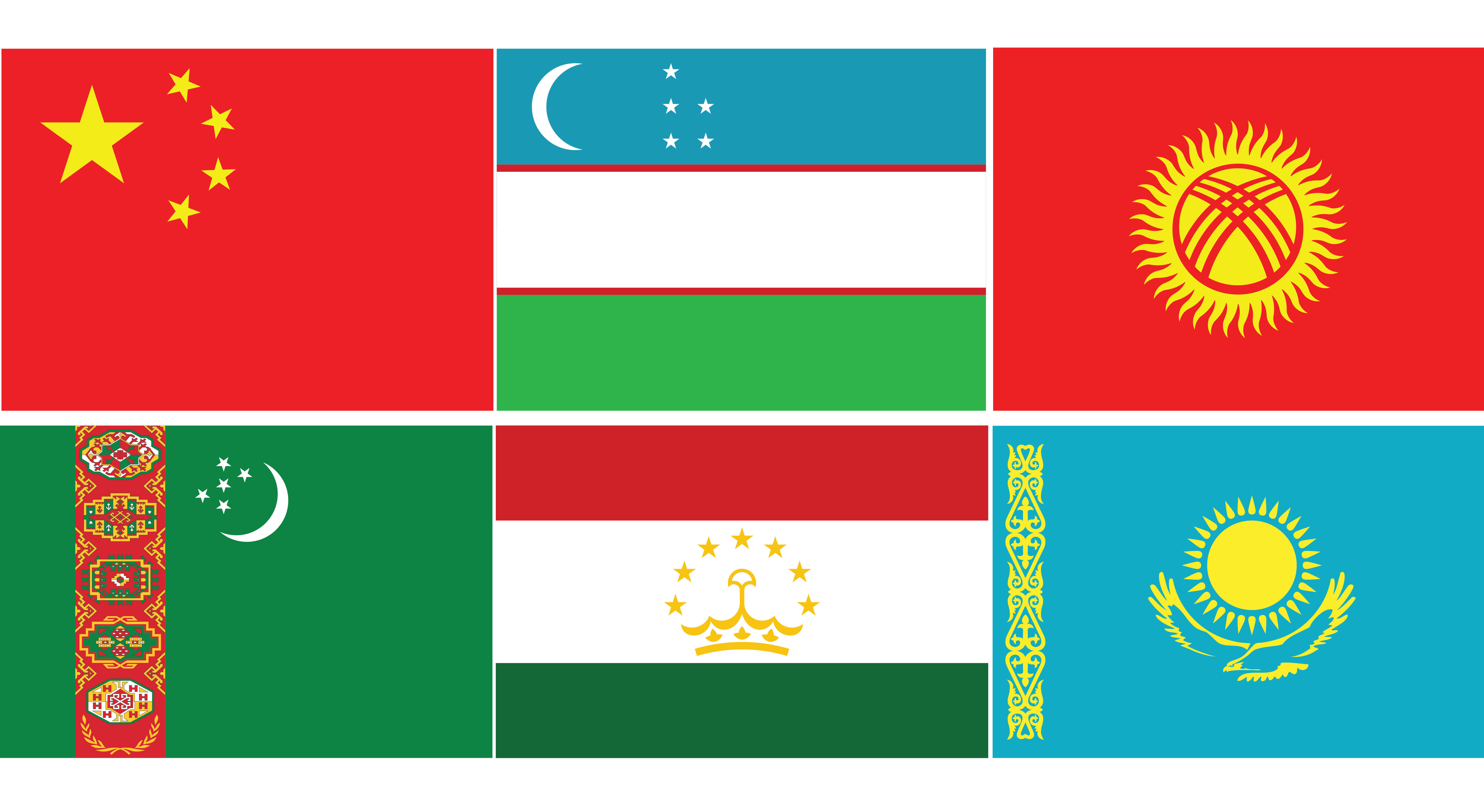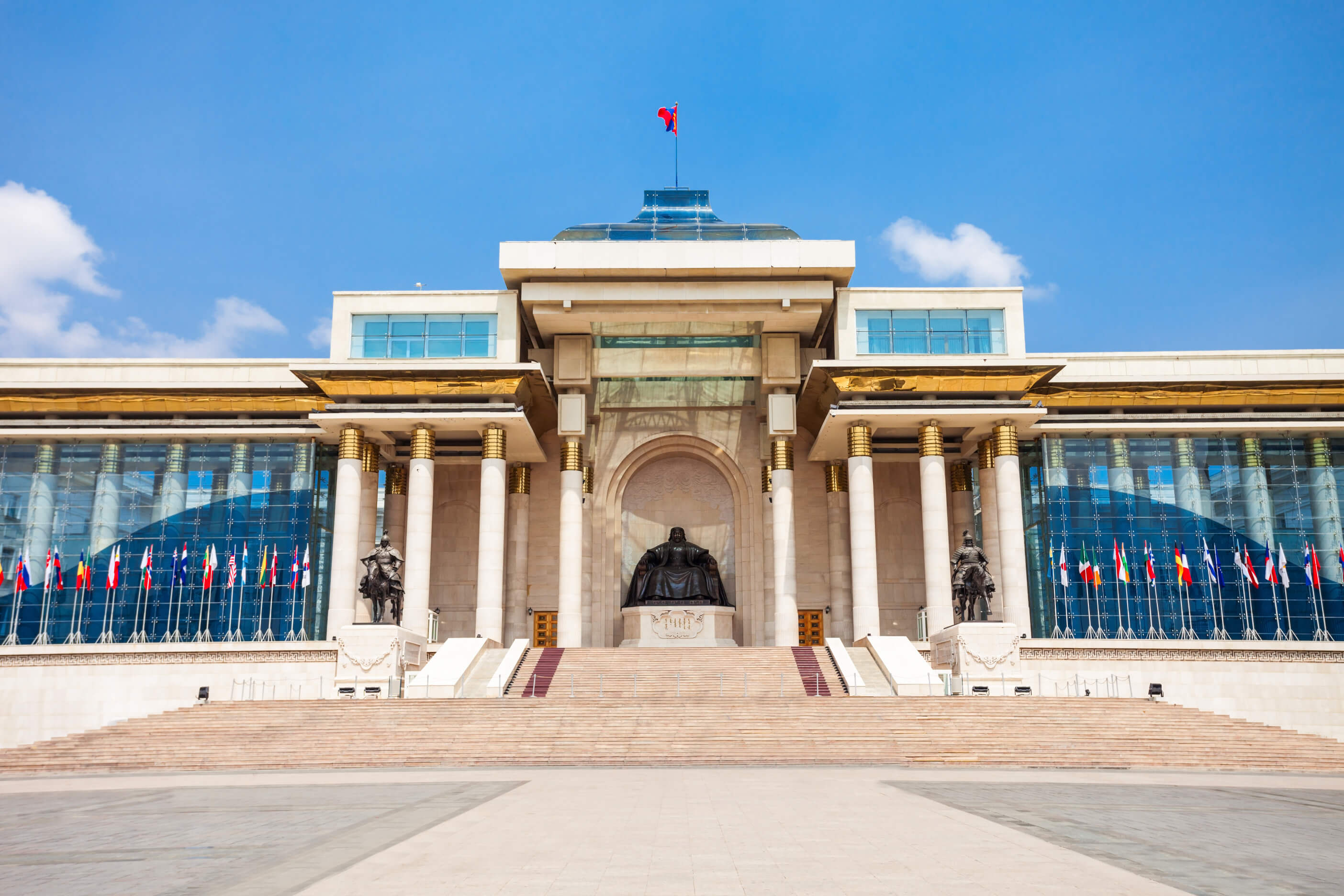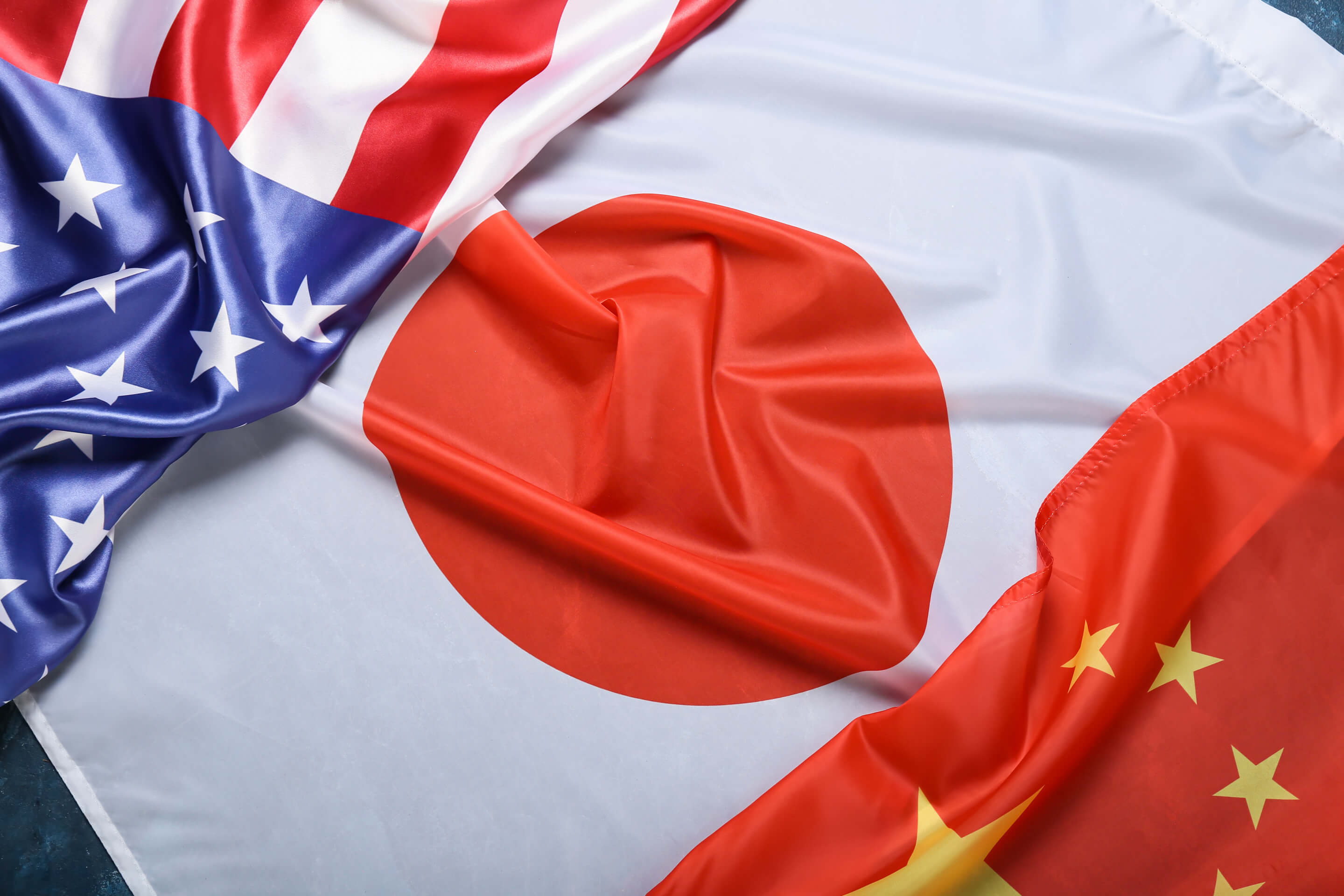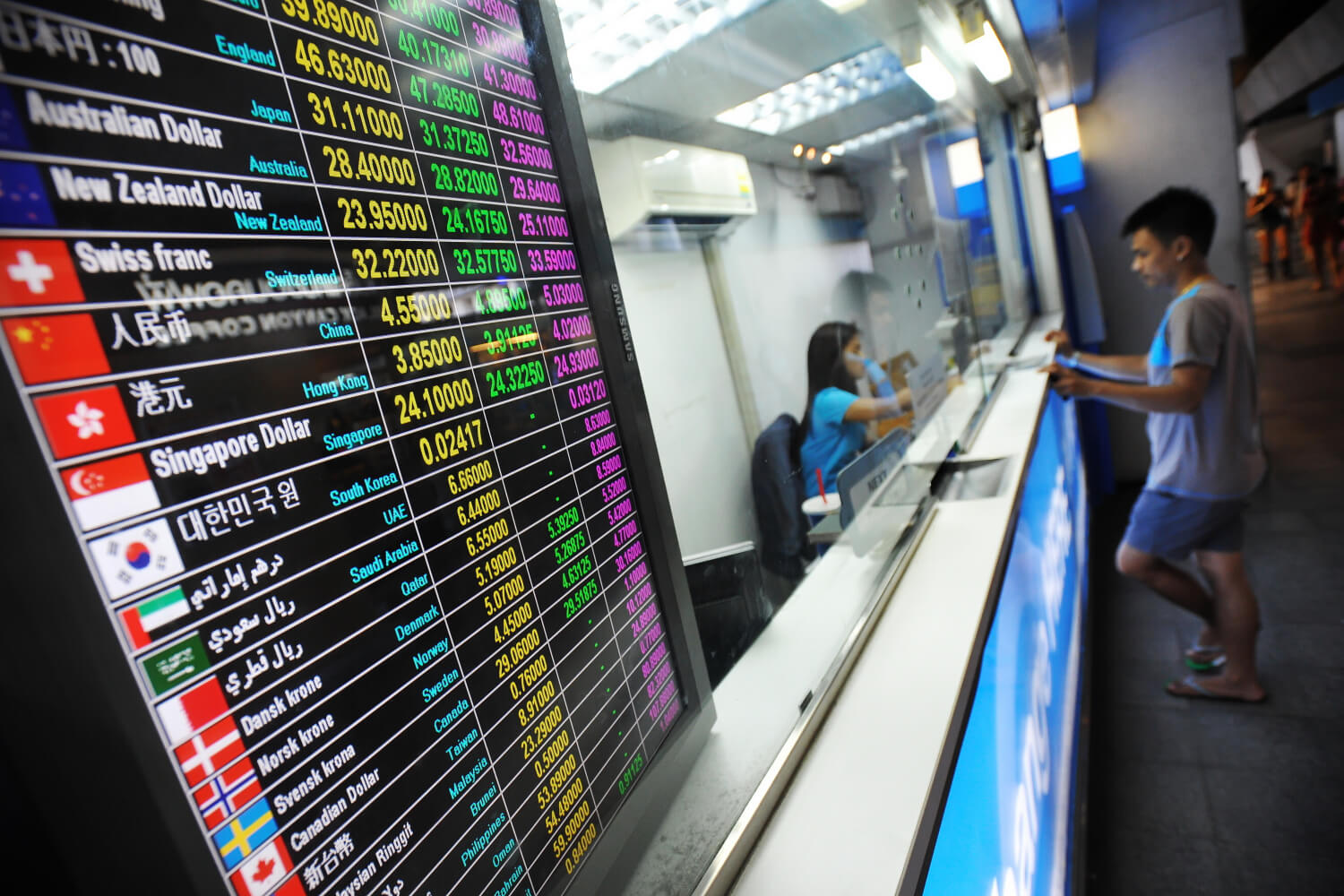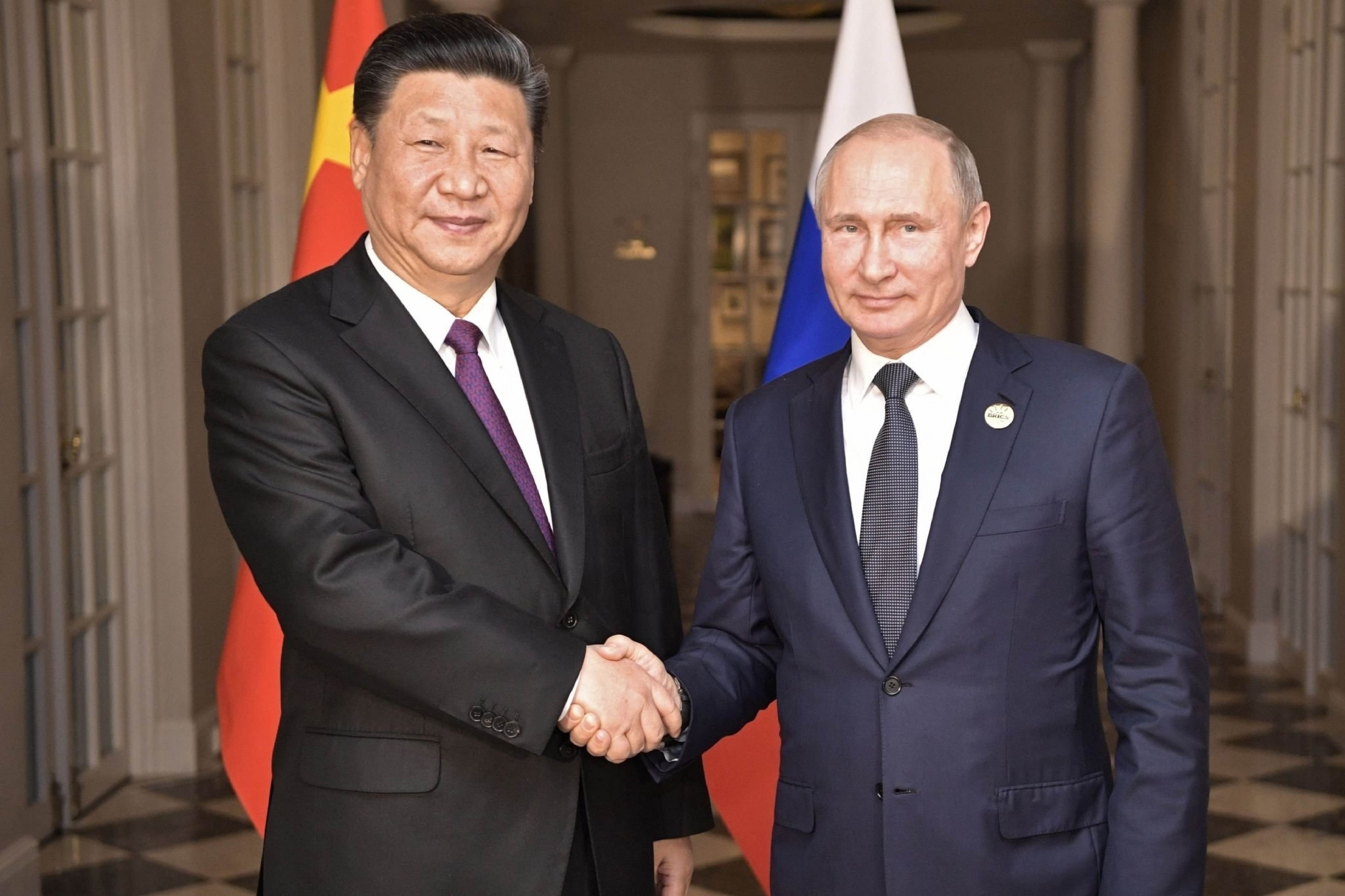Japan’s policy amidst growing US-China rivalry
by Kristina Voda
AnnotationThe article is devoted to the analysis of Japan’s policy amidst growing competition between the United States and China in the Indo-Pacific region. It assesses the Japan’s place in US strategy to contain China in the economic and political spheres. Particular attention is paid to the events that took place in 2021, the first year of the Biden administration in the US. The Biden administration, which came to the White House on January 20, 2021, immediately announced a course of rivalry with China. In his very first foreign policy speech, the 46th President of the United States called the PRC the most serious rival of the United States, declared his desire to rebuff "the growing ambitions of authoritarian China, challenging American leadership". The U.S. Interim National Security Strategy Guide, published in March 2021, called China “the only competitor with the potential to combine its economic, diplomatic, military, and technological might to mount a sustained challenge to a stable and open international system”. The Biden administration's course of confronting Beijing also included countering Chinese illegal trade practices, cybercrime, and countering Beijing's so-called coercive economic measures that undermine the competitive advantage of the American economy. At the same time, Joe Biden, unlike his predecessor D. Trump, who pursued a policy in the spirit of “America first”, promised to rely on allies and partners in the implementation of his international policy. The Interim Strategic National Security Guide of the United States called the American allies “the most important strategic resource”, allowing them to act as a united front against global and regional rivals, including China. The United States promised to reaffirm and strengthen its commitment to alliances in Europe and the Indo-Pacific region, and to encourage allies to develop their military and political capabilities to counter common current and future threats. Japan, the most important military and political ally of the United States in the Indo-Pacific region (ITR), supported Joe Biden's course of rivalry with China on a wide range of issues. At the same time, the growing competition between Washington and Beijing is challenging Tokyo's national interests, forcing it to revise the key parameters of its economic and foreign policy strategy and adapt it to changing international political conditions.Military-political sphereIn 2021, Japan began coordinating its PRC strategy with the new American administration. On March 16, Tokyo hosted the first meeting of the new heads of the US Foreign and Defense Departments — A. Blinken and L. Austin — with their Japanese counterparts, which took place in the 2+2 format. Following the meeting, the parties stated that China's activities in the political, economic, military and technological spheres pose a challenge to the Japan-US alliance and the entire world community when they do not comply with the existing international order. The ministers announced their determination to resist Beijing's actions if they put pressure on regional players or destabilize the situation, which undermines the "rules-based" international system. During Biden's first Japan-US summit in Washington on April 16, 2021, the parties expressed concern about China's behavior that violates international order, including the use of economic and other forms of coercion. In addition, J. Biden and Y. Suga spoke out against China's territorial claims in the South China Sea, and also expressed concern about the human rights situation in Hong Kong and the Xinjiang Uygur Autonomous Region of China. For the first time in 52 years (since 1969), the leaders of Japan and the United States mentioned the "Taiwan issue" in a joint statement: they declared the importance of peace and stability in the Taiwan Strait and expressed concern about the current situation around Taiwan. A desire was declared to develop cooperation between Washington and Tokyo on the basis of universal values and common principles. The parties also stressed the need for deterrence to maintain peace and stability in the region. At the same time, J. Biden and Y. Suga noted that it is important to have a frank dialogue with Beijing, directly express their concerns and work with it on topics of interest. The United States remains Japan's most important military and political partner, guaranteeing the security of the Japanese state from outside attacks. According to official Japanese government documents, the most serious security threat to Japan is the lack of transparency in the increase in the combat capability of the Chinese military. In addition, China's attempts to change the status quo in the East China and South China Seas pose a threat to Japan. There is particular concern about China's activity around the Senkaku Islands in the East China Sea, which threatens Japan's sovereignty over the islands. In addition, the development of the DPRK's nuclear and missile programs is considered a security threat to Japan. Tokyo is concerned about the significant progress made by Pyongyang in the development of a new type of ballistic missile. On these most sensitive issues, Tokyo is seeking guarantees from Washington to ensure its security. The growing confrontation between the US and China in the international military-political sphere poses new challenges to the alliance between Japan and the US. In the 2010s - early 2020s. with the active assistance of the Japanese government, military cooperation between Tokyo and Washington has expanded markedly. The change in the interpretation of the Constitution by the government of S. Abe in 2013 allowed Japan to apply the right to collective self-defense in limited cases. The Japanese Self-Defense Forces gained the ability to come to the aid of their allies in joint operations outside the Japanese islands. As a result, the scope of the Japanese-American alliance has expanded virtually to the whole world. The creation in 2015 of the Coordinating Mechanism between the armed forces of the two countries is aimed at strengthening cooperation between Tokyo and Washington in the military sphere. It was used to monitor the situation on the Korean Peninsula during the escalation of tensions in 2017. In addition, Japan increased the volume of purchases of American weapons, including F-35 aircraft, SM3 ballistic missile interceptors, RQ-4 Global Hawk long-range unmanned reconnaissance aircraft, Osprey convertiplanes, E-2D Advanced Hawkeye AWACS aircraft, etc. Tokyo's more active involvement in the confrontation between Washington and Beijing is supported by some American political experts. In recent years, there has been an increase in the number of publications substantiating the important role of Japan in the US strategy in the Indo-Pacific region. It is noted that during the years of D. Trump's presidency, the United States refused to participate in a number of global and regional multilateral initiatives, undermining its credibility as the leader of the liberal international order. At the same time, it was Japan that assumed the role of a conductor and defender of liberal values in the IPR. As S. Smith, senior fellow at the American Council on Foreign Affairs, notes, along with maintaining an unshakable commitment to an alliance with the United States, Japan has acquired a more prominent role in international coalitions in the ITR in recent years. This is evidenced by its participation in naval exercises with the United States, Australia, India, and others. Further involvement of Japan in the US-Chinese confrontation on the side of the United States will require Tokyo to build up its military potential and increase its defense budget, strengthen coordination between its three types of armed forces, between the armed forces of the United States and Japan, as well as the unification of their commands. Such changes in Japan's military sphere will require further modifications of its defense legislation, including a revision of the restrictions imposed by the anti-war Article 9 of the Constitution. Although part of the political elite, including members of the ruling Liberal Democratic Party and former Prime Ministers S. Abe and Y. Suga, advocates the need to revise the Constitution and further expand Japan's military capabilities, about half of the public still does not support this course and adheres to pacifist views. In the short term, radical changes in Japan are unlikely, which will impose restrictions on Japanese-American cooperation in the military sphere. As for relations between Japan and China, during the period of D. Trump's administration in the United States, there was limited convergence on economic and political issues between Tokyo and Beijing in 2017-2019. The visit of Prime Minister S. Abe to Beijing in 2018 gave an impetus to the expansion of economic interaction between the two largest Asian economies. China and Japan signed 52 agreements totaling about $18 billion, announced plans to cooperate in third countries in the field of infrastructure construction, agreed to cooperate in the field of innovation development and intellectual property protection, renewed a $30.4 billion currency swap agreement, expressed the need to jointly develop free trade regimes in the region. Tokyo and Beijing have taken steps towards each other in the field of regulating tension in the East China Sea. The parties reaffirmed their long-standing intention to turn the East China Sea into a "sea of peace, cooperation and friendship" and agreed to prevent the emergence of dangerous situations at sea and in the air. On December 28, 2021, Japan and China again announced their intention to open a “hot line” between military departments to monitor the situation in the East China Sea around the Senkaku Islands, the sovereignty over which is disputed by Beijing. In the military-political sphere, serious contradictions remain between Japan and the PRC, including the territorial dispute, the problem of historical memory, as well as competition for influence in the IPR. At the same time, Tokyo maintains channels of communication with Beijing and its own agenda of bilateral relations. According to R. Sahashi, a Tokyo University researcher, Japan's task in its relations with China since establishing diplomatic relations in the 1970s has been to involve China in the international political order through the development of bilateral economic relations while maintaining its alliance with the United States. Japan's response to the current intensification of confrontation between the United States and China has been to increase cooperation with the United States in the military-political sphere and in the field of economic security, as well as the development of interaction with countries that share views with Tokyo on a preferred international order while maintaining diplomatic relations with China. Japan's long-term interest lies in the creation in the IPR of certain institutions in the field of economy, politics and security, which should lead to the formation of an order based on universal values.Trade and economic sphereIn 2021, the policy of the Joe Biden administration in the trade and economic sphere in the Indo-Pacific region was in the process of formation. Many of D. Trump's measures, primarily in relation to China, have retained their effect. A number of new initiatives were proposed to restore the US position in the IPR, lost during the years of the previous administration. With respect to the PRC, Washington upheld the tariffs imposed by Trump on imports of Chinese products worth about $370 billion (on 75% of exports of Chinese manufacturers to the United States). In addition, sanctions remain against high-tech Chinese companies ZTE and Huawei. In response to US restrictive measures, China imposed 25% tariffs on $110 billion of US imports in 2018. The trade dispute between the United States and China, the active phase of which fell on 2018-2019, led to the signing by the parties on January 16, 2020 of the so-called first phase of the trade agreement. It assumed an increase in Beijing's purchases of American products in 2020-2021. by $200 billion compared to 2017. It also committed China to make progress in enforcing intellectual property rights, remove non-tariff barriers to agricultural imports, and liberalize its financial services sector. The Biden administration continued to insist that China fulfill the terms of the first phase of the bilateral agreement. In October 2021, the new US Trade Representative K. Tai announced her intention to continue consultations with the Chinese side on trade and economic issues, as well as to raise issues such as subsidizing by the PRC government of certain sectors of the economy and special measures to support state-owned enterprises, which Washington is considering in as Beijing's "non-market trading practices". The trade dispute between the United States and China has led to a slowdown in the global economy and world trade, a decline in business confidence and increased uncertainty about future developments. Japan's trade volume in 2019 also decreased by 5% compared to 2018. Japanese exports to China fell by 7%, imports decreased by 3%. China remains Japan's largest trading partner: China's share in Japanese trade in 2018-2019 was 22%, and at the end of 2020 it increased to 24%, while the share of the USA was at the level of 15%. The trade dispute between Washington and Beijing had a negative impact on the economic performance of Japanese multinational corporations (TNCs) with Chinese subsidiaries. Since the US imposed tariffs on Chinese products in 2018, there has been a decline in sales from Chinese affiliates of Japanese TNCs trading with North American countries. Declines in the value of shares on the exchange (Nikkei 225 Index) were recorded for Japanese TNCs, whose operations are related to trade between the US and China. The share price of TNCs, whose Chinese subsidiaries had a higher share of imports from Japan, fell most noticeably. This is because, as sales to the US fell, the volume and value of imports from Japan also fell, resulting in a decline in the share price. To avoid an increase in the negative effect of the trade war, some Japanese corporations were forced to transfer production. So, Mitsubishi Electric in 2018-2019 moved part of the production of semiconductors and equipment for customers from the United States to Japan. Other companies have increased the capacity of their plants in North America and Southeast Asia. Electric motor maker Nidec Corporation moved production to Mexico in October 2018, Ricoh moved printer production to Thailand, and Sharp moved some laptop production from China to Vietnam. Washington’s course to confront Beijing in the economic and technological spheres in 2021 was supplemented by an initiative aimed at reducing the dependence of the US economy on high-tech products made in China and reformatting existing supply chains with the possible exclusion of China from them. In February 2021, Washington announced its intention to encourage the transfer of production of critical products from China to the United States and allied countries, including Japan, South Korea, Taiwan, Australia, and India. At the same time, special attention in the United States is paid to the production of semiconductors, an industry that is one of the key drivers of global economic growth. The semiconductor shortage in 2021 exposed the vulnerability of existing supply chains and undermined the global production of cars, computers and electronics. On June 8, 2021, the U.S. Senate passed the Innovation and Competition Act, which provides $250 billion for the development of the semiconductor, quantum computing, and artificial intelligence industries. 52 billion of them is planned to be directed to expanding the production of semiconductors in the United States. The purpose of this bill is to increase the competitiveness of the United States in the technological competition with China, where as part of the "Made in China 2025" strategy, the amount of state support for semiconductor-producing companies is stated to be 1.4 trillion dollars. The Japanese government is also taking steps to reduce dependence on China. According to Japanese expert A. Furuse, Tokyo realized the need to diversify its supply chains as early as 2010 after the escalation of tensions around the Senkaku Islands in the East China Sea caused interruptions in the supply of rare earth metals to Japan from China. Today, when the whole world is facing supply disruptions, the importance of cooperation between allies and partners in high-tech industries is increasing. Partner countries will be able to reduce the risks of dependence on China, share the financial burden on research and development, and take their industrial cooperation to a new level. On June 4, 2021, the Government of Japan released the "Semiconductor and Digital Industries Strategy" covering activities in three sectors: semiconductors, digital infrastructure, and digital industry. It states that ensuring the security of production and supply of semiconductors is an issue directly related to economic security in the face of technological competition between the United States and China. To this end, Japan will promote joint development with advanced foreign manufacturers. Another document released by Japan's Ministry of Economy, Trade and Industry on June 29, 2021 said that with the rivalry between the US and China intensifying, Japan should diversify its suppliers and cooperate with the US and other countries to protect supply chains. It also emphasizes the need to take measures to prevent the leakage of sensitive technologies from Japan. Another important issue is the prospects for the participation of the US and China in multilateral trade formats in the ITR. Now China's share of international trade in the region far exceeds that of the United States. On November 15, 2020, the Regional Comprehensive Economic Partnership (RCEP) was signed and entered into force on January 1, 2022 for ten countries (Australia, Brunei, Cambodia, China, Japan, Laos, New Zealand, Singapore, Thailand and Vietnam). In the absence of India, which pulled out of negotiations in early 2020, China is taking the lead in this world's largest free trade zone, covering 30% of the world's population. After the United States withdrew from the Trans-Pacific Partnership (TPP) in 2017, the remaining 11 countries participating in the negotiations entered into a new agreement called the Comprehensive and Progressive Agreement on the Trans-Pacific Partnership (CPTPP). Japan, after the withdrawal of the United States, took the place of the leader of the association and thereby guaranteed itself participation in the formation of rules and norms for conducting trade and economic activities in the region. In September 2021, China applied to join the CPTPP. Although many are skeptical about the prospects of China's participation in the CPTPP, China's share in the trade of all its members already exceeds that of the United States. The accession of the United States to the CPTPP in the near future is also unlikely, primarily for domestic political reasons. Nevertheless, in 2021, the Biden administration made an attempt to return to the discussion of trade and economic issues in the IPR on a multilateral basis. Speaking at the East Asia Summit (EAS) on October 27, 2021, which was held online, Biden announced the initiative to create the Indo-Pacific economic framework. According to him, its activities will be aimed at facilitating trade procedures, setting standards for the digital economy and technologies, strengthening the sustainability of supply chains, decarbonization and development of clean energy, infrastructure development, improving labor standards, and so on. But this initiative, unlike multilateral free trade agreements, will not be binding, it does not include trade and investment liberalization goals, and it does not guarantee preferences in the attractive US market. These circumstances will reduce the value of the American proposal for the IPR countries in comparison with the already existing multilateral formats. Washington's unwillingness to participate in free trade agreements in the IPR reduces the involvement and influence of the United States in the rules and norms of trade and economic activity being developed here. In turn, Beijing, the leading trading partner of most regional economies, during the 2010s put in significant efforts in creating its own international institutions designed to strengthen the influence of the PRC on international economic relations and at the same time increase independence from external rules and norms. Under these conditions, Japan sees its task as the formation of a multifaceted trade and economic system with unified rules and norms in the ITR, which will be able to not only balance China's growing influence but also create a liberal economic order that both China and the United States will be forced to reckon with. Thus, Japan hopes that its multilateral trade policy will be able to limit the unilateral actions of Beijing and Washington and reduce the potential negative effects of the trade war between China and the United States on the national and global economy.
